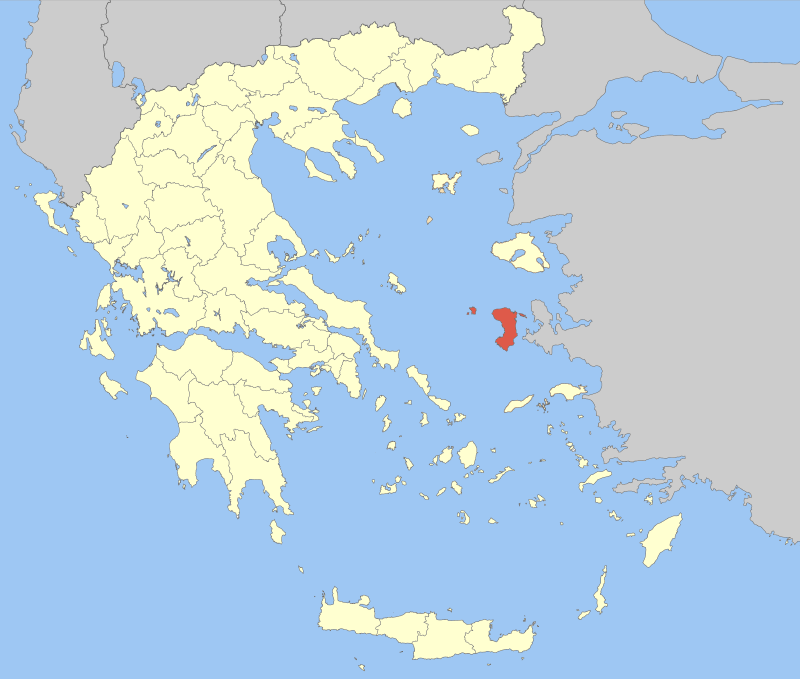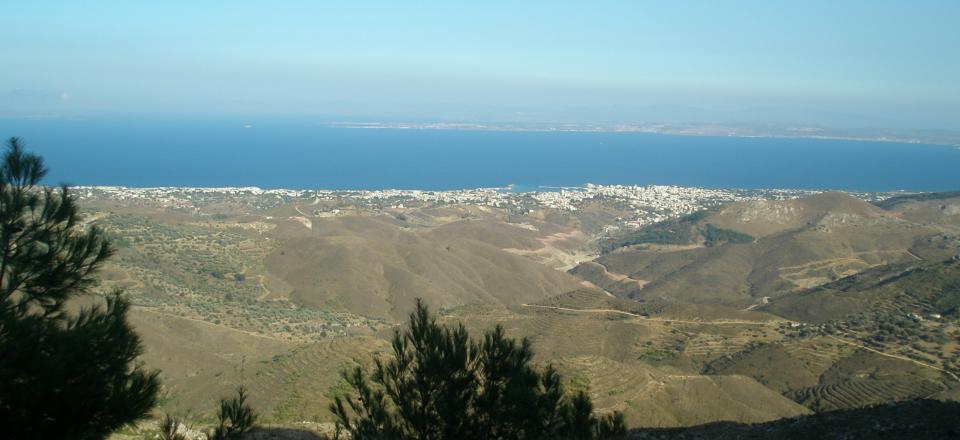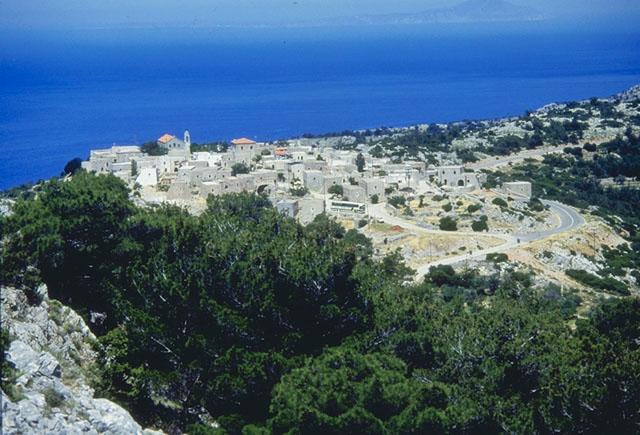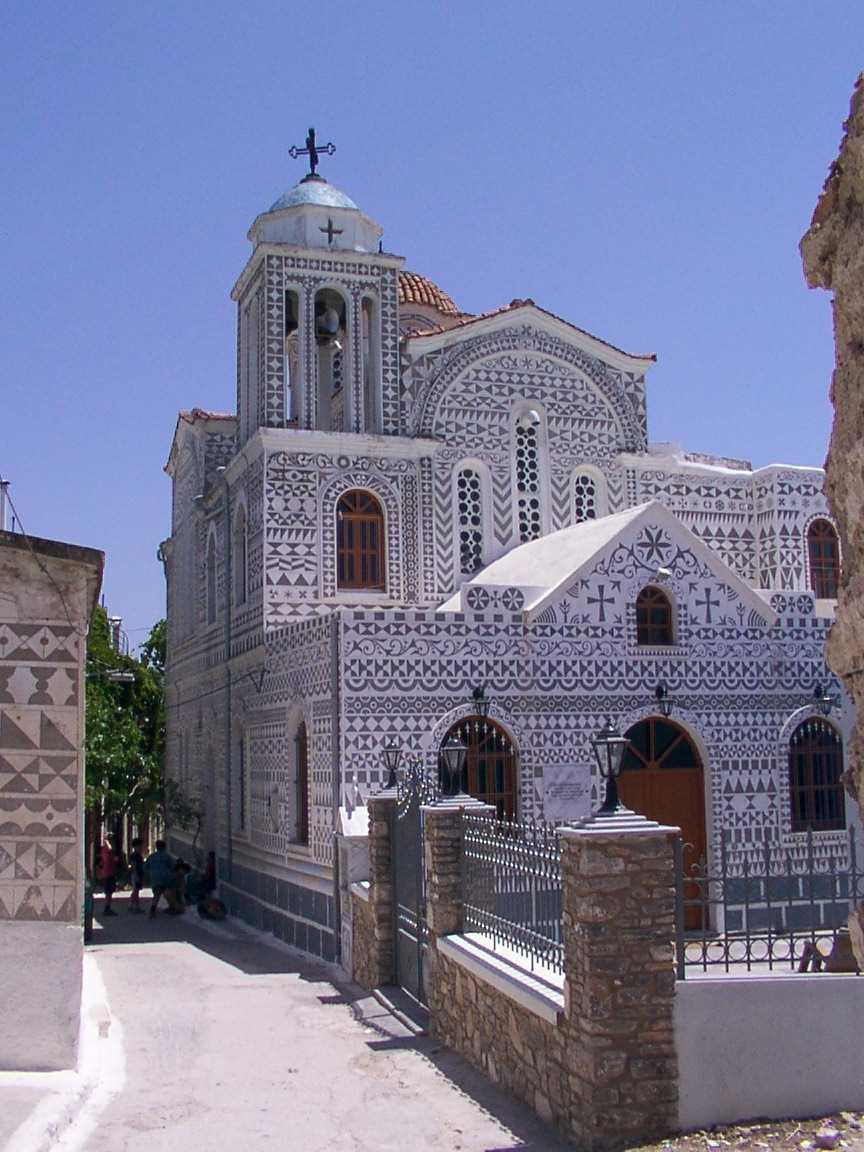About the Artist
Eugène Delacroix
Born: Charenton-Saint-Maurice, 26 April 1798
Died: Paris, 13 August 1863
Nationality: French
Collection
Louvre, Paris
Documentation
French writer Stendahl (Henri Beyle) evaluated Delacroix’s Massacre at Chios when he saw it at the 1824 Salon:
“With the best will in the world, I can’t admire M. Delacroix and his Massacre at Chios. This work always makes me think of a picture originally intended to represent a plague, which the artist then turned into a Massacre at Chios after reading the newspaper reports. All I can see in the large, living corpse in the middle of the picture is an unfortunate victim of the plague who tried to remove the deadly tumor himself; that, at any rate, is what the blood on the character’s left flank suggests. Another incident which all young art-students infallibly put in their pictures of plagues is a child trying to suck from the breast of its dead mother; there it is in M. Delacroix’s picture, in the right-hand corner. A Massacre must have an executioner and a victim. There ought to have been a fanatical Turk, as handsome as M. Girodet’s as they sacrifice divinely beautiful Greek women and threaten the aged father before he falls after his daughters, the next victim to their blows. …
Two days ago the Journal des Débats claimed that the Massacre at Chios is Shakespearian poetry. I feel that if this picture is only mediocre it is because it errs on the side of excess and not insignificance…”
Reprinted in David Wakefield, ed., Stendahl and the Arts (New York: Phaidon, 1973), 114-15.
An anonymous contemporary critic writing in Le Mercure du Dix-Neuvieme Siecle (vol. 7, 1824) recorded his response to Delacroix’s Massacre at Chios :
“I felt repulsed, not by the horrors of the subject, but by the hideous aspect of the painting….Cadavers already marked by the imprint of destruction and the livid color which announce the second stage of death busy disfiguring them; living bodies which resemble the cadavers, a poor even degraded nature….faces either burned by the sun like Africans, or soiled, with that species of color, dirty, yellowed, and somber resulting from old age, suffering, and above all long-accustomed distress….Why does he give it an even more hideous air with those clashing touches of a brush that heaps colors one next to another, without uniting them or establishing any harmonious relation among them?”
Cited in Darcy Grimaldo Grigsby, Extremities: Painting Empire in Post-Revolutionary France (New Haven: Yale University Press, 2002), 275.
Lee Johnson considers Delacroix’s debt to Gros’s Pesthouse at Jaffa (1804):
“Charles Blanc states (1864) that the Massacres de Scio was conceived under the influence of the Plague at Jaffa, Alexandre Dumas (1864) that Delacroix told him the first idea for it came to him in fron of Gros’s picture. Though neither statement should perhaps be taken literally, there can be no doubt that Gros’s painting, first shown at the Salon of 1804, was the most important contemporary precedent for a Near-Eastern scene of suffering of this kind, treated on a grand scale and with some feeling for the sensuous painterly qualities of the medium, for sunshine and the luster of exotic costume. The more the pity that Gros should have so far renounced the implications of his own early creative gifts as to disapproved of Delacroix’s picture and, if Alexandre Dumas is to be believed…denounce it as the ‘massacre of painting.’
Johnson also notes that contemporaries considered the painting path-breaking:
“From the moment it was hung at the Salon…the Massacres de Scio was interpreted as making a new departure, as posing a threat to the accepted standards of the neo-classical school, and Delacroix himself looked back on it as marking the point where, he supposed, ‘I began to become an object of antipathy for the academy and a kind of nuisance...For the first time a painting was labeled romantic in contrast to the classicism of David: [art critic] Chauvin…after arguing that the classicist satisfies both heart and mind by drawing on ‘la belle nature’ [beautiful nature] whereas the romantic ‘has an unknown kind of power, outside of nature, that shocks at the very first glance,’ concluded ‘I label [David’s] Léonidas classical and Massacre de Scio romantic.’”
Lee Johnson, The Paintings of Eugène Delacroix. A Critical Catalogue. 1816-1831, vol. 1 (Oxford: Oxford University Press, 1981), 87.
Kermit Champa considers Massacre “revolutionary”:
“Delacroix relies completely upon his transcribed observation of figures, singly and in groups, to provide by implication whatever pictorial space is necessary. There are no stage flats, arbitrary repoussoirs, or spatial diagonals to assist him. In fact, he clearly intends to make it visually difficult to move through and around the horrific scene of the foreground. The result is a new species of ‘history painting’ that relies on unrelieved realist confrontation for its dramatic and psychological effect. It does not introduce conventions of structure or imagery from the composite vocabulary of Renaissance or Baroque, but, instead, develops its own conventions from the raw material of direct observation.
It is wholly irrelevant from the point of view of pictorial realism that Delacroix did not attempt to provide a journalistically accurate representation of the scene depicted, as Géricault had (at least in part) in the Raft. In the final analysis Delacroix still depends more on his direct transcription of visual reality, even though this reality is provided by models costumed in a studio. He breaks decisively with the tradition of David through his equation of the posed model and the resultant pictorial form. His study of the model is a thing in itself and no longer simply a basis for the development of new ideal types.
For these reasons Scios is a revolutionary picture. In it Delacroix advances the realism of David and Géricault and strips it of its neoclassical abstractness. In this picture the realist direction which Delacroix gives to the tradition of David is so evident and powerful that it could not help but have offended Gros who, as his own art developed, relied more and more on the art of the past to soften rather feeble confrontations with visual reality.
For the painter of the Barque of Dante, himself, the Massacre at Scios must eventually have become almost equally disconcerting since its realist directness and conviction is almost without echo in his later work, which grows more obviously from the procedural mentality of the earlier picture.”
Kermit S. Champa, “Delacroix – Naturalism and ‘Clarification’,” Festschrift für Otto von Simson zum 65. Geburtstag, Lucius Grisebach and Konrad Renger, eds. (Frankfurt: Propyläen, 1977), 441-2.
Elizabeth Prettejohn suggests that the crisis in the Academy first became apparent in the Salon exhibition of 1824:
"Ingres's The Vow of Louis XIII is pious and patriotic...Delacroix's Scenes from the Massacres of Chios, on the other hand, is modern and activist...In every aspect of pictorial style, too, the two pictures are starkly contrasted. Symmetry, simplicity, balance of complementary colors, and precision in drawing all contribute to the sense of hushed contemplation in the Ingres; complicated figure groupings, contorted poses, scattered accents of color, and energetic brushwork convey the disarray and sheer horror of Delacroix's massacre.
Thus in both subject-matter and style the two pictures represent the battle between Classicism and Romanticism [in the French Academy], at the heady moment of its emergence.”
Elizabeth Prettejohn, Beauty and Art (Oxford, UK: Oxford University Press, 2005), 78-9.



